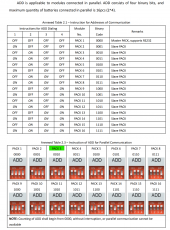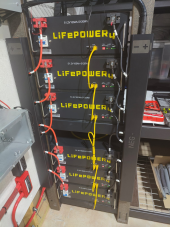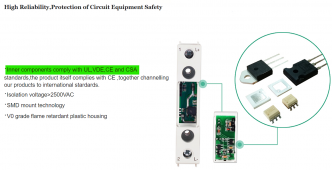Zwy
Solar Wizard
Ok so if you sub out the main breaker in this diagram for a new sub panel that has the grid sent to the inverters that woudl do what i need.
Just a small panel ahead of the inverters is all you need. And it would be N-G bonded if there isn't N-G bond ahead of it. Remove N-G bond in the original main panel.
As far as seamless, nothing will be seamless when switching from grid to a backup or alternative source or back to grid. Always a delay although the all in one units have a pretty good transfer switch built in, it will still have a delay. Part of the reason is phasing. The 3 pole would allow bypass of the whole inverter/solar system. Fairly seamless, usually just a manual throw switch. Your clocks however would need to be reset unless they are battery powered.If i also include the 3 pole double throw, then the grid would take over in the event i overloaded the inverters, batteries, or the passthrough limits of the inverters which appears to be 60A each. I don't know what my highest amperage draw has even been at my house, but i live in the south and it is conceivable that the downstairs inverter mini-split AC, the upstairs AC, the dryer and the water heater could all decide to be running at the same time, and i want the transition from Solar -> Batteries -> Grid to be seamless. Have no desire to sell my expensive power back to the grid
You need to buy a power monitor, I purchased an Eyedro, works well. https://eyedro.com/
It requires a web connection, I guess if they want to spy on my energy usage, they are more than welcome.
Monitor usage for a few months during heavy usage seasons, that would give you an idea of demand.






